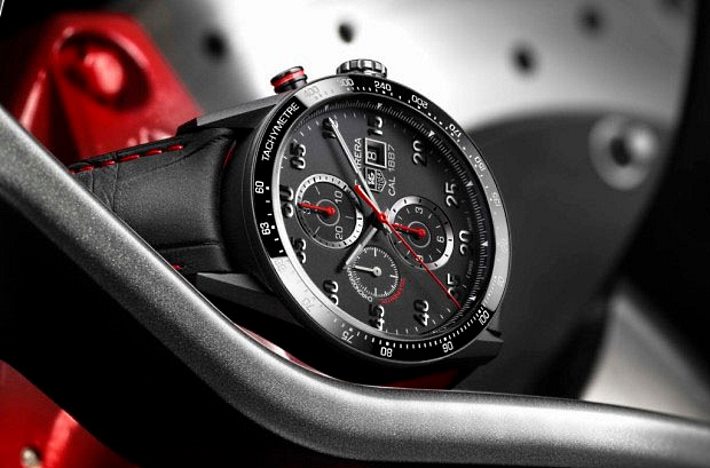Affiliate links on Android Authority may earn us a commission. Learn more.
The most expensive Android Wear watch yet is coming on November 9 from Tag Heuer

Android Wear is going up scale. Tag Heuer’s first smartwatch is officially launching November 9 with an $1800 price tag.
We first heard reports about Tag Heuer joining the Android Wear ecosystem back in March, when the Swiss watchmaker confirmed it would release a smartwatch in partnership with Google and Intel by November.
Yesterday, Tag Heuer CEO Jean-Claude Biver announced the precise date of the launch, along with an updated price tag. Biver said in March that the device would cost $1,400, but the price is now said to be $1,800, and, apparently, we have Apple to thank for it, at least in part. In a CNBC interview, Biver declared himself “very, very pleased” with the Apple-Hermes tie-up for the Apple Watch, which allows Tag Heuer to sell its own luxury connected watch at $1500 or more.
We now have a launch date and a price tag, but other details about the Tag Heuer Android Wear device are hard to come by. Biver, who leads Tag Heuer and Hublot, both parts of luxury giant LVMH, previously teased a 40-hour battery life; Intel’s involvement could bring us the first AW device to run on a non-ARM SoC. As for appearance, Tag Heuer’s smartwatch is reportedly a digital replica of the watchmaker’s original black Carrera model.
With prices starting at $125 and heading into luxury territory thanks to the involvement of the Swiss watch industry, Android Wear becomes increasingly diverse. The initiative is still far from the vastness of the Android phone ecosystem, but customers in a wide range of categories now have an Android Wear option and that’s very healthy for the ecosystem’s long term growth.
Thanks for the tip!